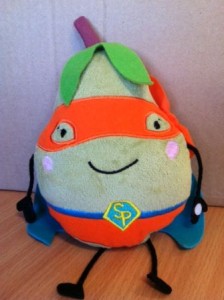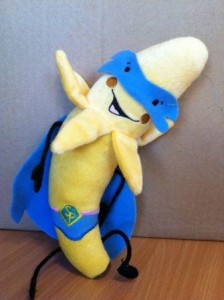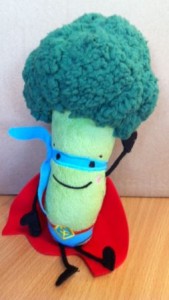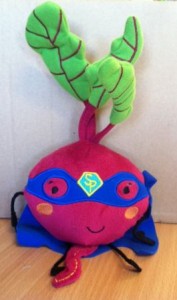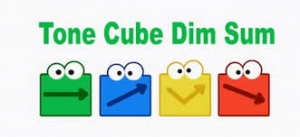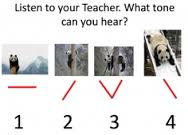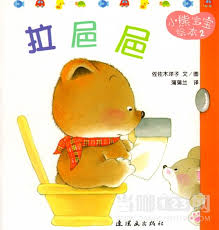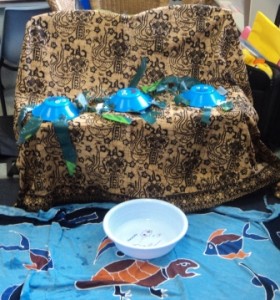Although a marketing ploy of a major supermarket and popular chef…I can’t help but seize this opportunity to use these 超级水果蔬菜 (Chāojí shuǐguǒ shūcài / Super Fruits and Veg) in our classroom! 超级 (Chāojí) is used in Chinese to describe something as SUPER! 水果 (shuǐguǒ) is FRUIT (see our Fruit Song) and 蔬菜 (shūcài) is VEG.
Woolies have been genius in their ploy with these card collecting books, but as a mum I have not minded…kids have learned the concept of trading, my little girl read the animal cards and book from cover to cover and is now a little zoologist, my little boy had a very meaningful task of placing his numbered cards in the right spot, right at the time he was struggling with place value concepts…and the new fruit and veg book is FANTASTIC reading and doing for kids!
Kids remain excited about these books the whole period that the promo lasts…And now they can get excited about 超级水果蔬菜, reading about healthy foods and even how to grow them and cook with them. While the kids are excited about this craze, I am going to use the 超级水果蔬菜 not only to learn the names of these in Chinese, but to talk about their appearance, (see colours and face parts), to talk about whether they are wearing 内裤 (Nèikù / Undies!), and to use as characters in role play in other Mandarin conversations /activities. Kids excited about fruit and veg and learning Mandarin – perfect!
So in this post we will learn who these characters are!
Here are the 超级水果!
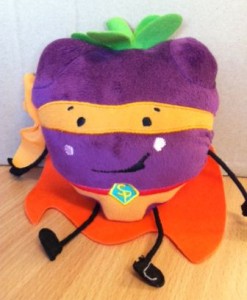
超级莓! (Chāojí méi) Super Berry!
莓 (méi) is the word for ‘BERRY’. So you can have 蓝莓 Lánméi (blueberry) 黑莓 hēiméi (blackberry)草莓 cǎoméi (strawberry)
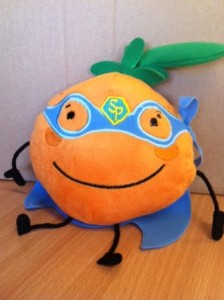
超级橘子 (Chāojí júzi) Super Orange!
Oranges can also be 橙子 (Chéngzi) same as the ‘colour’ orange, but we are using ‘júzi’ mostly in class as this is used in our fruit song
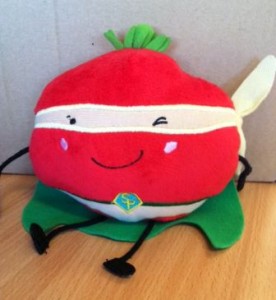
超级西红柿!(Chāojí xīhóngshì) Super Tomato!
Even though used in savoury dishes technically this one is a Super FRUIT!
And here are our 超级蔬菜!
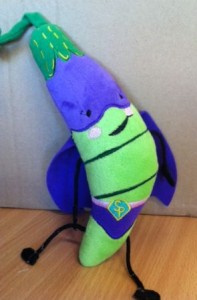
超级四季豆! (Chāojí sìjì dòu) Super Green Bean!
There are lots of 豆类 (bean varieties) but we’ll call this one green bean (literally ‘four season bean’ in Chinese)
Will post some fun activities with these SUPER characters soon!
If you want to hear the pronunciation of these fruit and veg in Chinese (or for anything on this site) just copy the CHINESE CHARACTERS and paste into GOOGLE TRANSLATE (this link automatically takes you to the Chinese to English page), and click on the little speaker!
